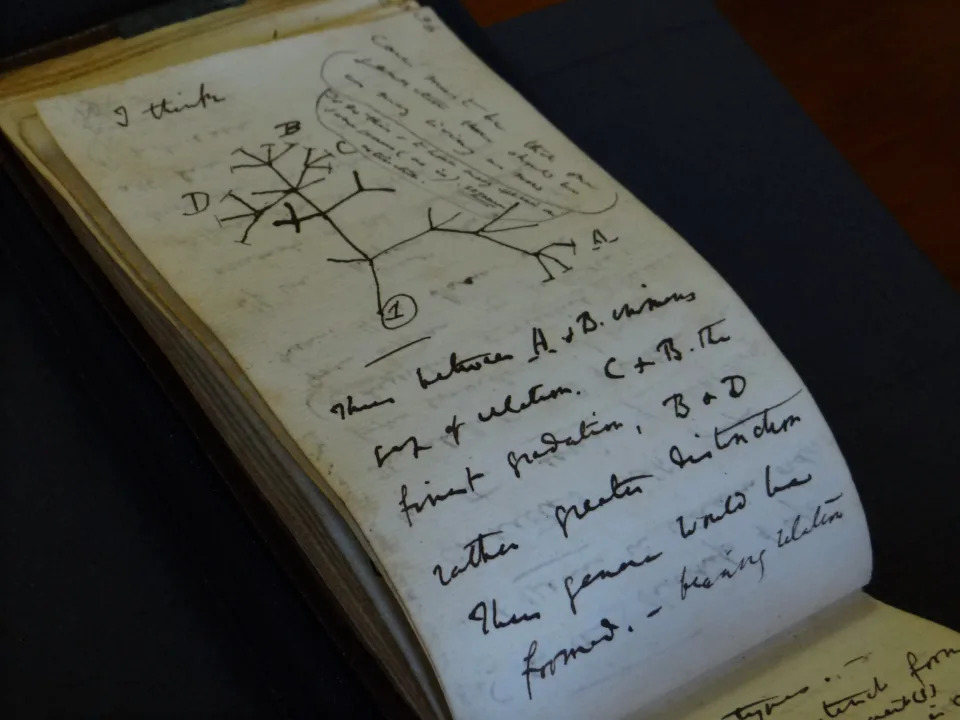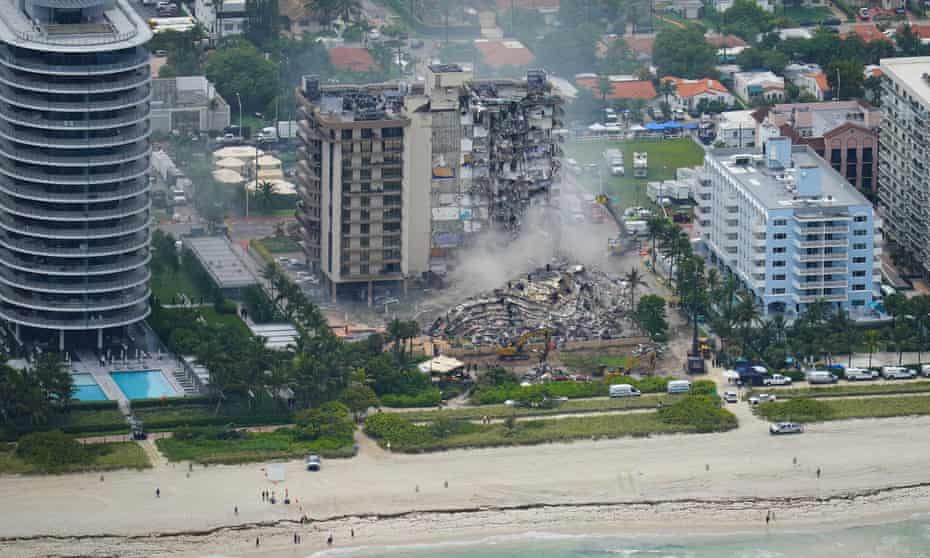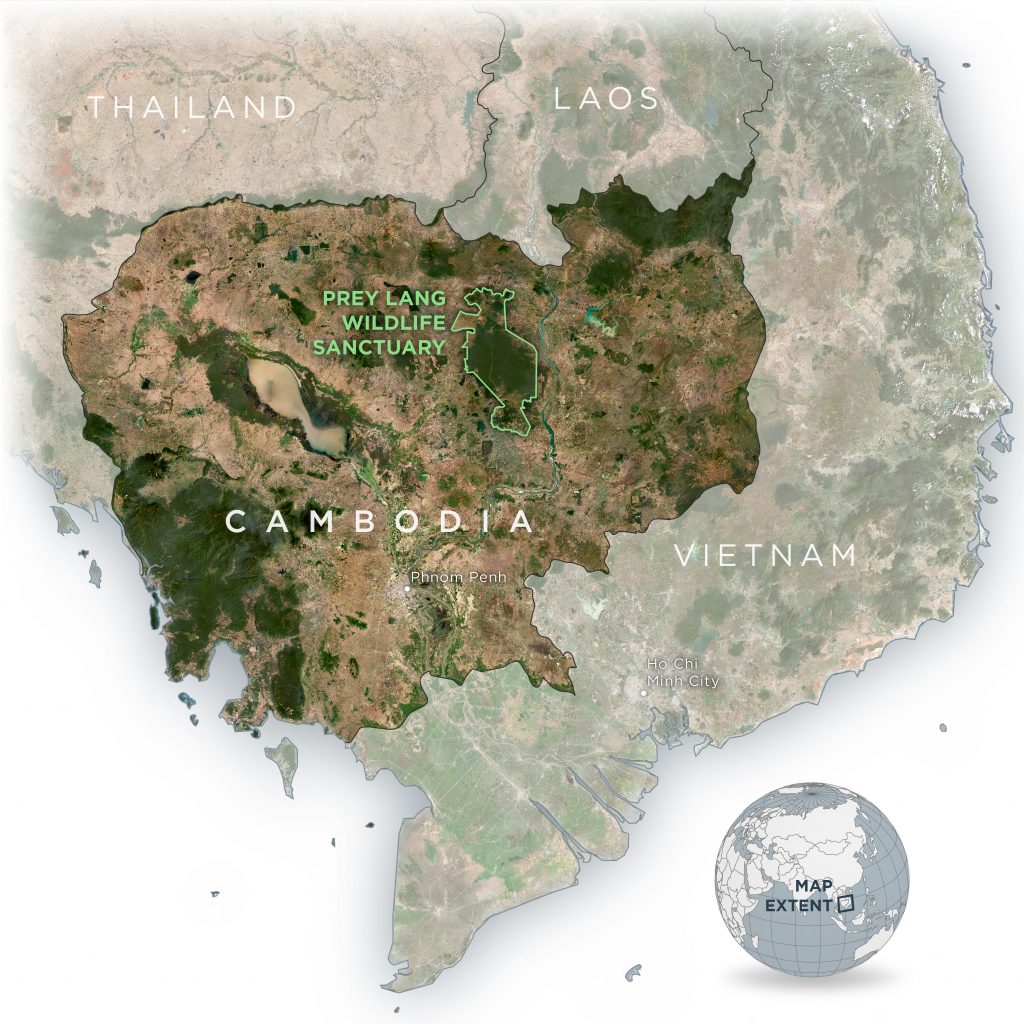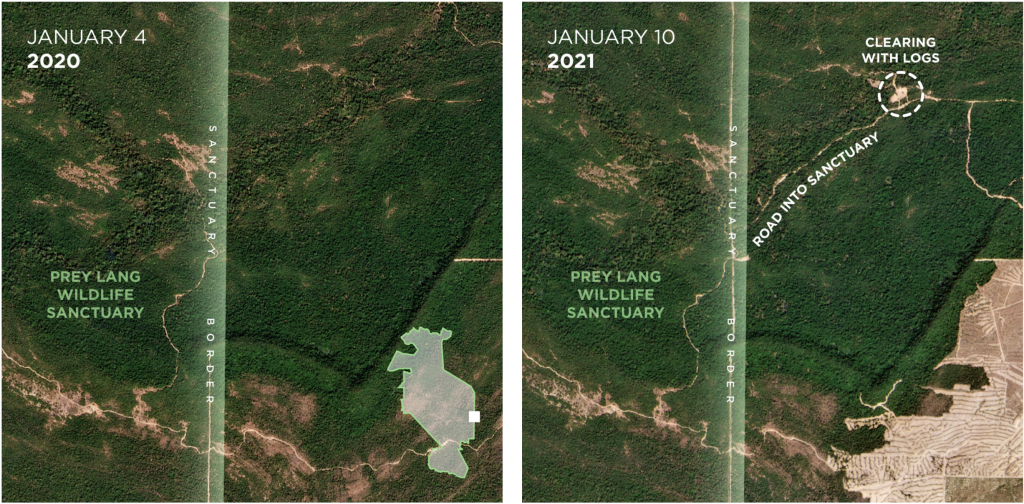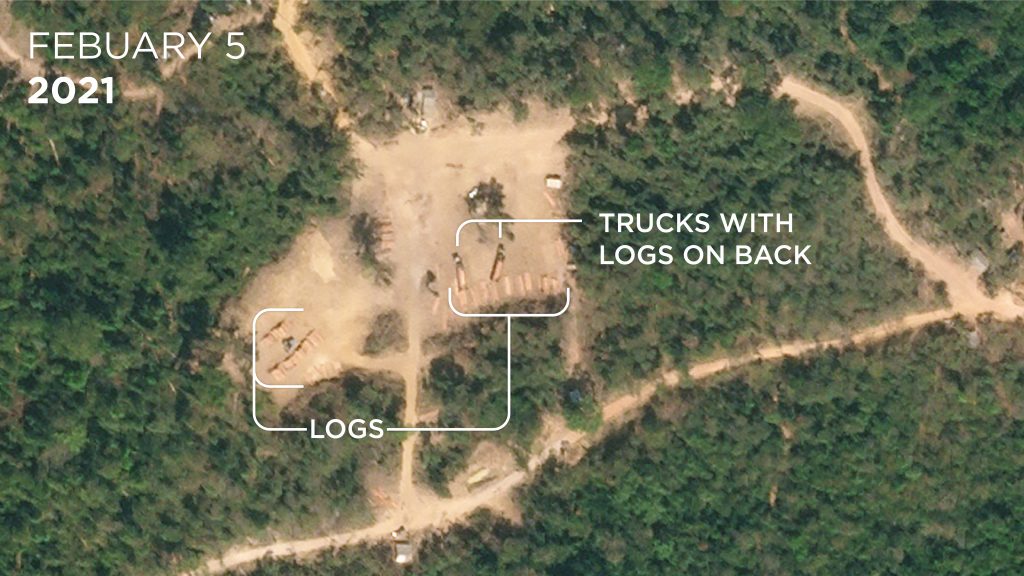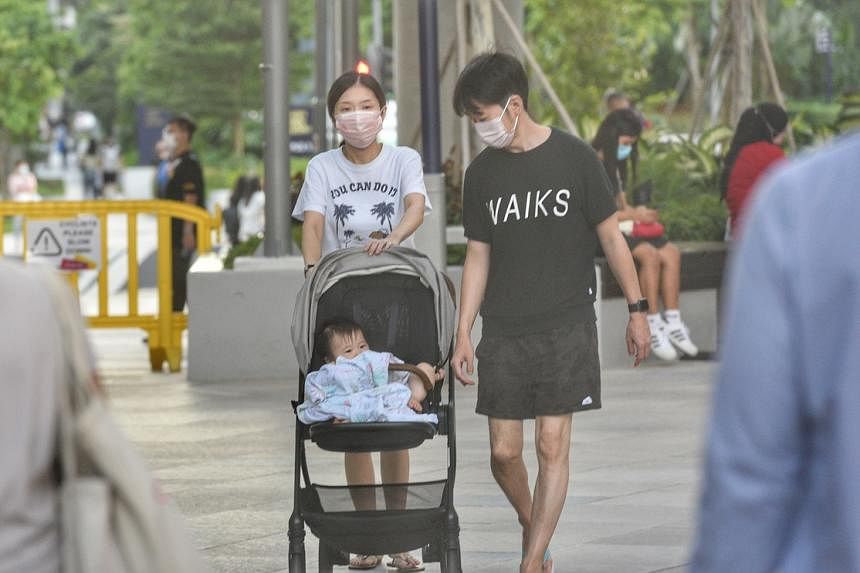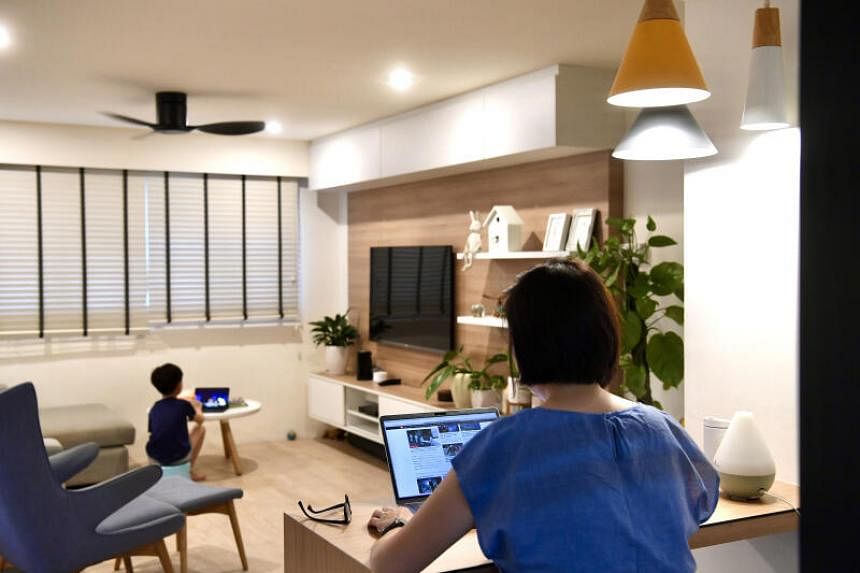Over 11,500 people killed in Bosnian capital in what is described as longest military siege in modern history
Ahmet Nurduhan and Kemal Zorlak |05.04.2022
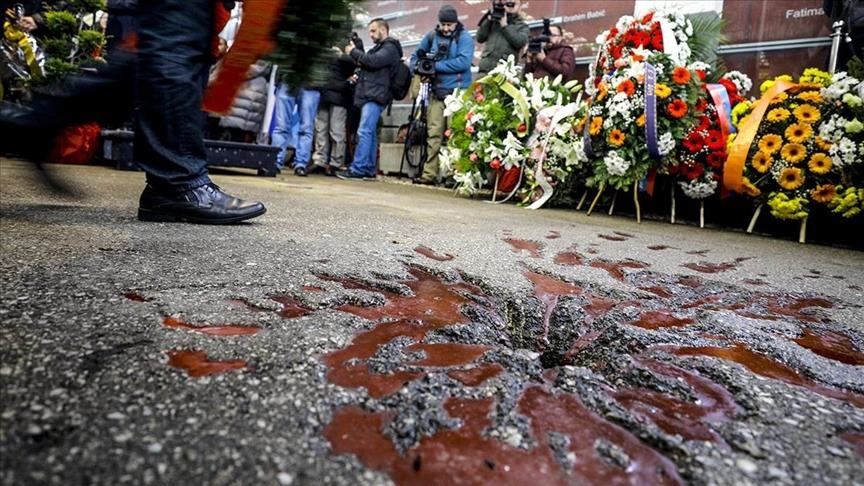
SARAJEVO, Bosnia and Herzegovina
The 1992 Bosnian War, which started with Serbian troops' siege of Sarajevo and left over 100,000 people killed, has still its traces alive though decades have passed.
The EU recognized the independence of Slovenia and Croatia on Jan. 15, 1992; however, it required a referendum for the independence of Bosnia-Herzegovina, to which it responded positively.
The Bosnian Serbs decided to boycott the referendum in a bid to make it invalid as a result of the lack of participation. Despite all obstacles and difficulties, Bosnia-Herzegovina declared independence from Yugoslavia following the referendum on March 1, 1992.
Shortly after the Balkan country became an independent state, Serbian troops besieged Sarajevo on April 5. The siege started a bloody war that continued for three-and-a-half years and left great tragedies and haunting memories.
The Serbs began targeting areas with a Muslim majority following the referendum; their goal was to declare a new Bosnian Serb region affiliated with Serbia.
The Serbs deployed 13,000 soldiers on the hills surrounding Sarajevo and besieged the city, targeting it with both heavy and light weaponry.
In response, the Army of the Republic of Bosnia and Herzegovina – composed of 70,000 soldiers – was formed in the next 19 months. Nevertheless, the defense forces were not able to break the siege as they did not have enough equipment.
Longest military siege in modern history
Acknowledged as the longest military siege in modern history, the siege of Sarajevo continued for 1,425 days and 11,541 people, including 1,601 children, lost their lives.
The war spread across the country following the siege of Sarajevo, leaving some 100,000 people dead. At least 2 million others were forced to abandon their homes.
The war and bloodshed came to an end on Nov. 21, 1995, when Bosnian, Serbian and Croatian parties reached an agreement in Ohio, the US.
Upon the initiative of US diplomat Richard Hallbrooke, the Dayton peace agreement was signed by Alija Izetbegovic, first president of Bosnia and Herzegovina, and then presidents of Serbia and Croatia, Slobodan Milosevic and Franjo Tudjman, respectively.
Sarajevo was attacked on April 5, 1992, and it remained under siege till Feb. 26, 1996.
Siege map
Fikret Logic, a former employee in Bosnia and Herzegovina's cartography agency, mapped the 44-month siege of Sarajevo.
Logic said he aimed to enlighten future generations on what happened during the siege, and not let them forget about the bloody siege.
He also said that the preparation of the map took around three years and it should be distributed in schools in Bosnia-Herzegovina.
*Writing by Ali Murat Alhas




